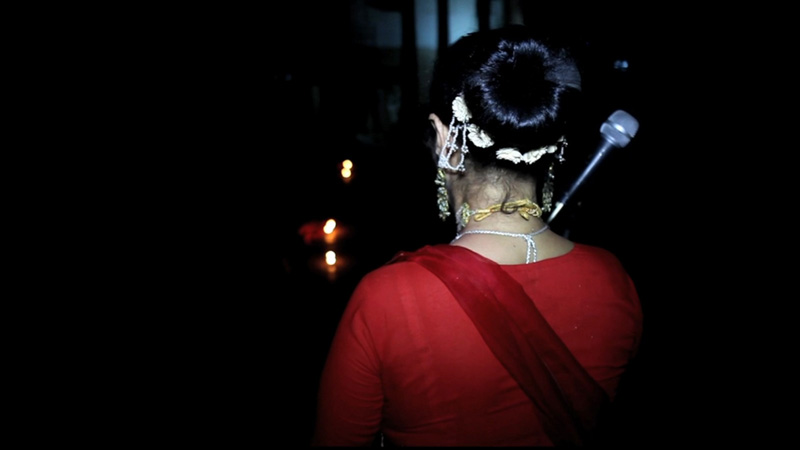Rajiv Rao





Grant Period: One year and six months
This grant will support cinematographer/editor of Oscar-winning film, Inshallah Football, Rajiv Rao, to make a documentary on the post-partition evolution and state of classical dance in Pakistan. Classical dance in India has a vibrant and layered history, rooted in Hindu religious mythology, widely practiced and performed over centuries, but in Pakistan, which shares much the same history, the story of classical dance after Partition is different. Cities with predominantly Hindu populations became Muslim after Partition, and this rupture impacted social and cultural life in Pakistan. But nowhere was the change so dramatic as in the world of classical dance. According to Sonya Fatah, Rao’s Pakistani researcher, what was once a rich and thriving part of life in Karachi and Lahore, classical dance came to be regarded as a Hindu practice—vulgar and anti-Islamic.
For the dance community, the darkest phase was Zia-ul-Haq’s reign from 1977 to 1988, in which he banned the performing arts, declaring dance un-Islamic. The story of classical dance in Pakistan was told through Sheema Kermani, a Kathak and Odissi dancer from Pakistan, whose engagement with classical dance continued despite state censorship. The film will explore Kermani’s character, her struggles against society and its impact on her dance. Rao shall also look at her contemporaries, Nahid Siddiqui, Tehreema Mitha, Nighat Chowdhury, and how they collectively shouldered the responsibility for classical dance in Pakistan.
Sheema started training as a dancer at the age of thirteen under the tutelage of the Ghanshyamdas family, which ran the only classical dance academy in Karachi. Returning in 1983, after a degree from the Croydon School of Art, London, to a country in which dance had been banned, came as a shock. She discovered that her tutors had been forced to flee after death threats. Nahid Siddiqui, who studied Kathak under Pt. Birju Maharaj had her series on Kathak for Pakistan Television taken off the air, and was forced to sign an agreement that prohibited her from dancing unless asked by the government of Pakistan. Siddiqui left for London, disheartened. Others like Tehreema Mitha, a Bharatanatyam dancer and daughter of well known Pakistani dancer, Indu Mitha, were forced to move to the United States. Classical dance performances and arangetarams by women could only be held abroad. Most Pakistanis came to associate dance with mujras, testifying to the effectiveness of the state propaganda against dance. However, the much more provocative dances in Pakistani films were not banned or criticised.
Rooted in Hindu mythology, the lyrics for Bharatanatyam and Odissi made matters worse for Pakistani dancers. Although Kathak was easier to justify given its history of patronage by Muslim rulers, the renditions of Radha-Krishna stories were difficult to pull off. Kermani and others (many of whom were trained by Indian gurus) were compelled to use lyrics by Rumi, Bulleh Shah, Ameer Khusrau, Bahadur Shah Zafar and Faiz Ahmed Faiz. Rao’s research will ask the following questions: Are artistic traditions bastardised when they undergo reinterpretation in different cultural or religious contexts? And once reinterpreted, does the notion of ownership of that tradition alter? The film, on the one hand, tells the story of the trials and tribulations of classical dancers in Pakistan, and on the other, examines how these dancers have been viewed by their Indian counterparts/audiences. Interviews will be conducted with senior dancers like Sonal Mansingh, Pt. Birju Maharaj, Leela Samson, and Mallika Sarabhai. The film will draw on rare archival footage that predates not only General Zia-ul-Haq’s regime but also the birth of Pakistan. In addition, the film will use personal photographs, home movies, and other ephemera that shall take the viewer into the world of classical dance in Pakistan.
